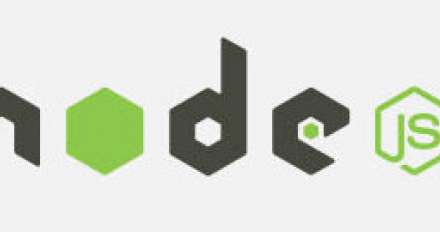
Announcing: Node.js General Availability in Red Hat OpenShift Application Runtimes
Today Red Hat is making Node.js generally available to Red Hat customers through a subscription to Red Hat OpenShift Application Runtimes (RHOAR).

Today Red Hat is making Node.js generally available to Red Hat customers through a subscription to Red Hat OpenShift Application Runtimes (RHOAR).

In this blog we will see how to build a simple nodejs function that can do a reverse geocoding using GoogleMaps API.,and deploy the functions on to OpenWhisk

Use Private NPM modules with RHMAP. In this Blog post entry I will try to cover, how to use Red Hat Mobile Application Platform with private npm modules from registry.npmjs.org.


Developers - new versions of GCC, Node.js, PHP, Python for Red Hat Enterprise Linux & OpenShift Container Platform. Plus new compilers: Clang/LLVM, Go, Rust







Learn how to deploy Docker images on OpenShift 3, running in Red Hat's Container Development Kit, with Red Hat Developer Studio 10 The Microservices Architecture tutorial is available at https://htmlpreview.github.io/?https://github.com/redhat-helloworld-msa/helloworld-msa/blob/master/readme.html Learn more about Red Hat Developer Studio, Docker and OpenShift 3 support in Eclipse from http://tools.jboss.org/

Our Microservices Playground: 6 different microservices, each using a unique Java framework: Dropwizard, Spring Boot, WildFly Swarm, JBoss Enterprise Application Platform, Node.js, Vert.x.
Leveraging Docker+Kubernetes+OpenShift running in a Red Hat Enterprise Linux (RHEL) VM. Microservices Slide Presentation http://bit.ly/helloworldmsa Demo Source Organization https://github.com/redhat-helloworld-msa Download the RHEL VM for Docker+Kubernetes+OpenShift (CDK) http://developers.redhat.com/products/cdk/docs-and-apis/











